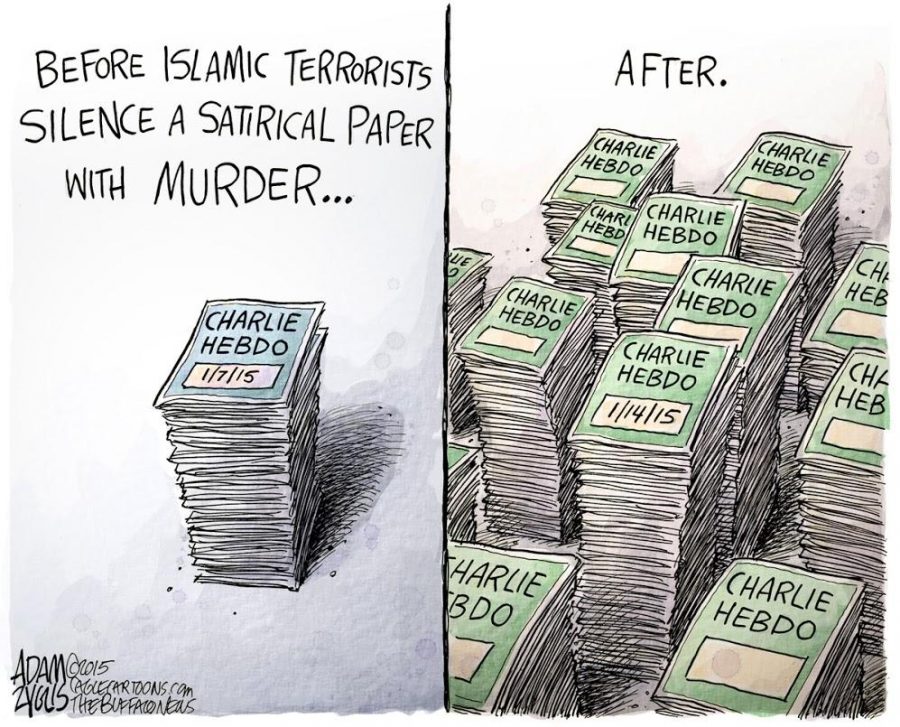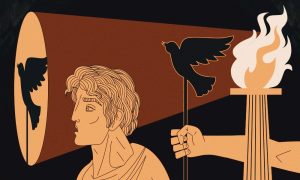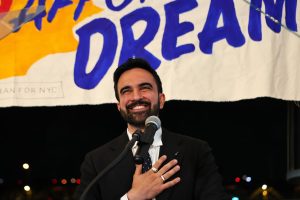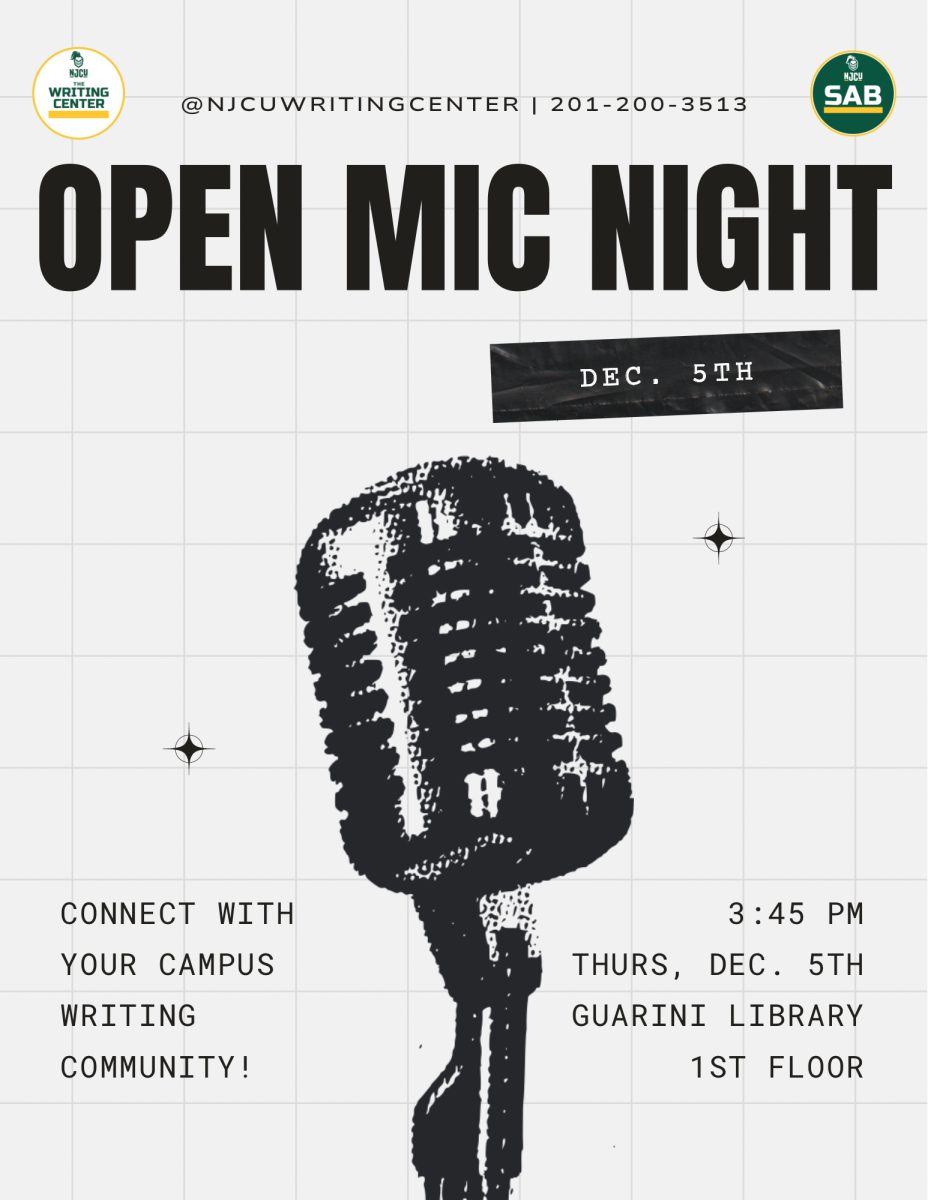ISIS Attacks Journalists: A Reaction from a Student Journalist
February 24, 2015
The murderous attack on the satirical magazine, Charlie Hebdo, in France and the most recent beheading of Japanese journalist Kenji Goto, has left a large population of student journalists uneasy.
On January 7th, two Islamic extremists stormed into the French satirical magazine headquarters killing twelve people and injuring eleven others. These extremists attacked the weekly magazine because they were offended by the controversial depictions of Muhammad. On January 20th, ISIS sent their latest hostage video to Japanese officials. ISIS extremists had captured two Japanese men—freelance journalist Kenji Goto and military contractor Haruna Yukawa—and threatened to kill them unless Tokyo paid them $200 million in exchange.
Terrorists of ISIS have built up a strenuous tension in the student journalist community, fearing that their freedom of expression might put them in dangerous territory. However, this is a touchy subject: many have ruffled up the feathers of the wrong people and have been too quick to place blame. In retrospect, one side blamed the slaughtered cartoonists of Charlie Hebdo for their controversial comics. The other side blamed the followers of Islam.
Television screens across America have hosted breaking news of the beheadings, captures, and massacre of journalists during 2014-2015. While many Americans praised the French cartoonists for having the courage to post their cartoons, there is a large number who may have felt otherwise. With technology posing a major role in the circulation of these killings, many student journalists, such as myself, have begun to take a step back before publication.
Joel Simon of the Los Angeles Times expands on this fear, “…the vast majority of journalists killed around the world do not die covering combat. They are deliberately targeted in their own countries because of the stories they cover or the ideas they express. In this context, the attack on Charlie Hebdo is typical of the risk that journalists face everywhere. What made it shocking was that it took place not in Mexico or Pakistan, but in France.”
This is a moldable moment in our history. A moment in our history where we can truly look at the imbalance between writers and cartoonists using their freedom of expression and what that amendment truly grants writers and cartoonists, alike.
According to the Legal Information Institute housed at Cornell University—“The First Amendment of the United States Constitution protects the right to freedom of religion and freedom of expression from government interference. Freedom of expression consists of the rights to freedom of speech, press, assembly and to petition the government for a redress of grievances, and the implied rights of association and belief…Furthermore, the Court has interpreted, the due process clause of the Fourteenth Amendment as protecting the rights in the First Amendment from interference by state governments.”
One of the first things that must be said is that American journalists should exercise their right to the first amendment. American journalists have as much protection as the first amendment can give them. So to some avail, we can publish what we feel must be published. Despite offending readers, sometimes it is necessary to write about the things that everyone else is busy tip-toeing around.
Student writers around the world should continue to write what they feel is necessary; we are the voices of the future.












